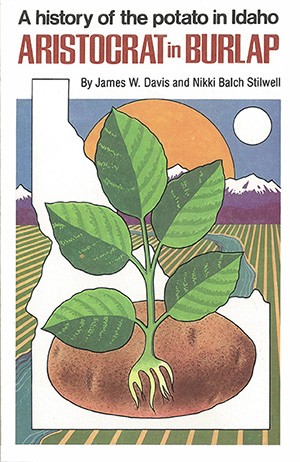Consumer advertising amounted to $315,000 during the 1960-1961 year. Also in 1960, an extension potato-marketing project was begun to provide leadership for potato marketing education within the state.
In 1961, one of the major changes in the Commission took place. Until that time, the law placed no limit on the amount of time a commissioner could serve. Several of the members had been on the body a decade or more. With the growing importance of the potato-processing industry within the state, processors began to want representation on the Commission, but at that time, no legal machinery existed for appointing a representative from the processing industry. The result was the submission of House Bill #238 to the Idaho Legislature, which incorporated some sweeping changes.
Besides those factions that wanted change, there was also strong support for keeping the Commission as it was and the bill became controversial. Late at night, within an hour of adjournment, the bill was brought out on the floor and passed and, in mid-March, Governor Robert E. Smylie signed the measure into law. At the July meeting, the new nine-member body was seated for the first time.
Commissioners were now limited to two three-year terms, and the membership was increased from six to nine. The law stipulated that two members must be potato processors, two potato shippers, and five must be growers. The days of entrenched members were gone forever.
Another provision of the new law, known as the Piper Amendment, required that any appropriation of money from the 12-1/2% of IP&OC funds earmarked for research and grower education must be passed by six or more affirmative votes.
Another decision made that year was the launching of a monthly publication, the Idaho Potato and Onion News, and the hiring of Jay Sherlock to be editor. Sherlock was later to become Executive Secretary of the Commission.
The highlights of 1961, as enumerated by the Commission's executive secretary, were the decision to publish the Idaho Potato and Onion News, the initiation of monthly auditing and billing to keep tax payments current, and the study of the possibility of developing a multi-wall paper container for 100-pound units.

